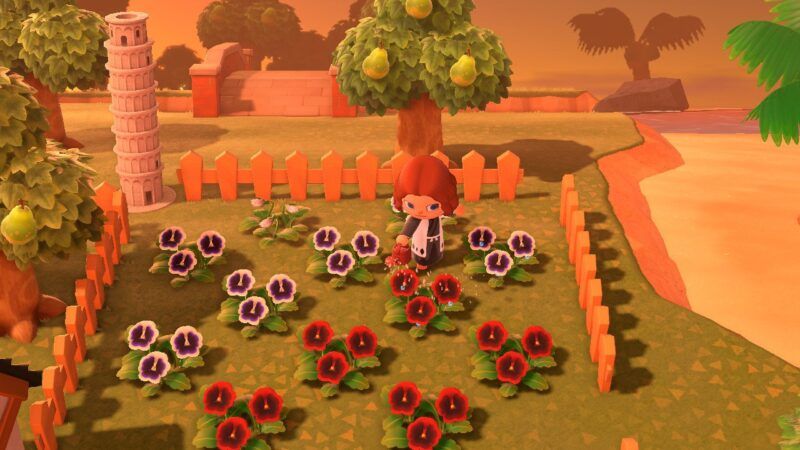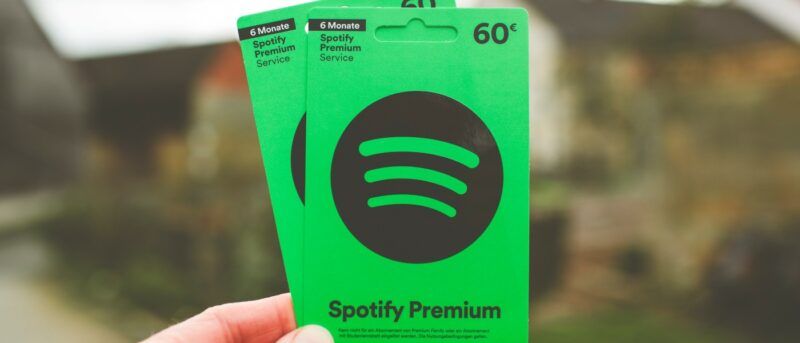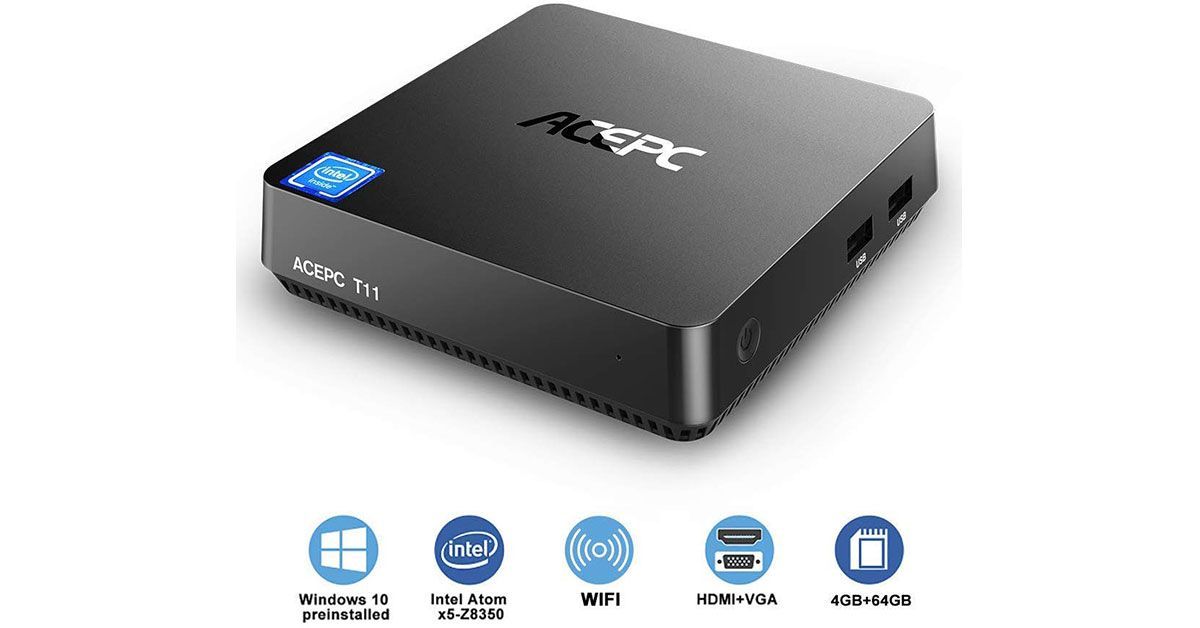Ikebana equipment – Japanese Flower Arrangement. The basic equipment needed for ikebana is simple. Really, the only things you need are a pair of scissors or shears for cutting the materials and a kenzan to hold your materials. A kenzan is a specific device used in the Japanese art of flower arrangement, ikebana, for fixing the flowers in the container. With these tools, you are on your way to creating a beautiful ikebana arrangement.
When it comes to ikebana, the focus is not only on the flowers and plants used in the arrangement, but also on the vessels and tools that are used. Here are some common items that people use when they practice ikebana:
- Vessels:
- Kenzan: As mentioned before, a kenzan is a key tool in ikebana. It is a spiked metal base that is placed in the container and used to hold the flowers and branches in place. The spikes on the kenzan help to secure the materials and keep them in the desired position.
- Scissors or shears: Cutting tools are essential for ikebana. They are used to trim the stems of the flowers and plants to the desired length. A sharp pair of scissors or shears is recommended to ensure clean cuts and prevent damage to the materials.
- Water container: Ikebana arrangements often require water to keep the flowers and plants fresh. A small water container or vase is used to hold water and provide hydration to the materials.
- Wire: In some cases, wire may be used to manipulate the shape and position of the branches and stems. It can be wrapped around the materials to create more intricate and dynamic arrangements.
- Decorative elements: Some ikebana arrangements may include additional decorative elements such as stones, pebbles, or other natural materials. These elements can add texture and visual interest to the composition.
Ikebana arrangements are typically displayed in a variety of vessels, ranging from traditional ceramic vases to more modern and unconventional containers. The choice of vessel can greatly impact the overall aesthetic of the arrangement.
Overall, the equipment used in ikebana is relatively simple and focuses on the essentials needed to create a harmonious and balanced arrangement. With a pair of scissors or shears and a kenzan, along with other optional tools and materials, you can delve into the art of ikebana and create stunning floral compositions.
What material does the craft of ikebana use?
El arte del ikebana se caracteriza por utilizar una amplia variedad de materiales para crear arreglos florales únicos y armoniosos. Si bien las plantas y flores de temporada son elementos fundamentales en el ikebana, también se utilizan ramas secas, piedras e incluso musgo para realzar la composición. Estos elementos se seleccionan cuidadosamente para crear una armonía tanto en color, forma y textura.
En cuanto a los recipientes, el ikebana ofrece una amplia gama de opciones. Los contenedores pueden ser de cerámica, vidrio, madera, bambú o metal, y cada uno de ellos aporta su propia estética y carácter a la pieza final. Al elegir el recipiente adecuado, se busca complementar y realzar el arreglo floral, manteniendo siempre un equilibrio visual y estético.
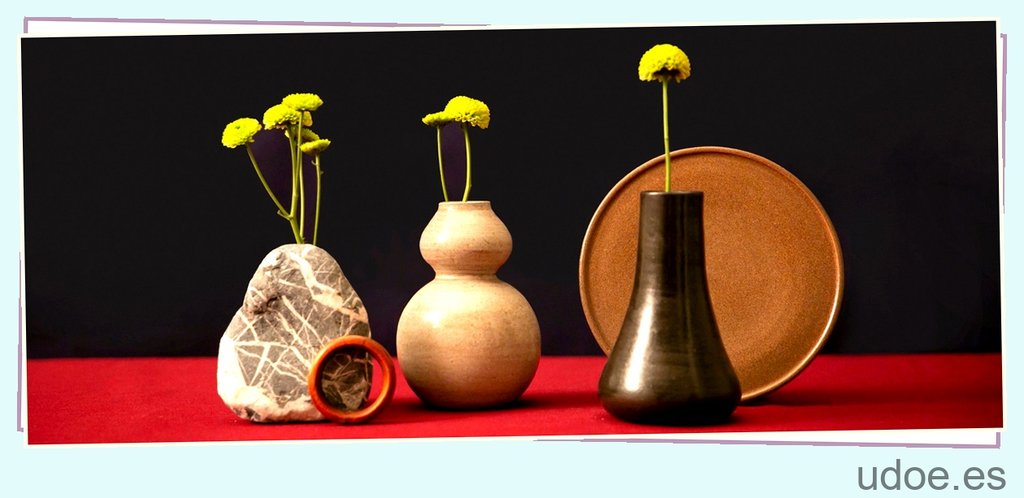
What do you need to start ikebana?
To start practicing ikebana, you will need a few essential tools. The first and most important tool is a vase or container for arranging your flowers and plants. The vase should be wide and stable enough to hold your arrangements securely. It can be made of various materials such as ceramic, glass, or metal, and it should complement the overall aesthetic of your ikebana composition.
Another crucial tool for ikebana is a flower holder or kenzan. A kenzan is a metal pin holder with small needles that help to anchor the stems of your flowers and plants in place. It is typically placed at the bottom of the vase or container. Alternatively, you can use a cloisonne, which is a shallow dish with spikes that hold the stems of the flowers. Both options provide stability and support for your arrangements.
Lastly, you will need a pair of floral scissors or shears for trimming the stems of your flowers and plants. These scissors should be sharp and precise to ensure clean cuts. Trimming the stems at the right angle and length is crucial for creating balanced and harmonious ikebana compositions.
It is worth noting that these tools are often sold as a set, making it convenient for beginners to start practicing ikebana at home. Additionally, you may also want to have a water dropper or spray bottle to keep your flowers hydrated and a towel or cloth to clean up any spills or excess water.
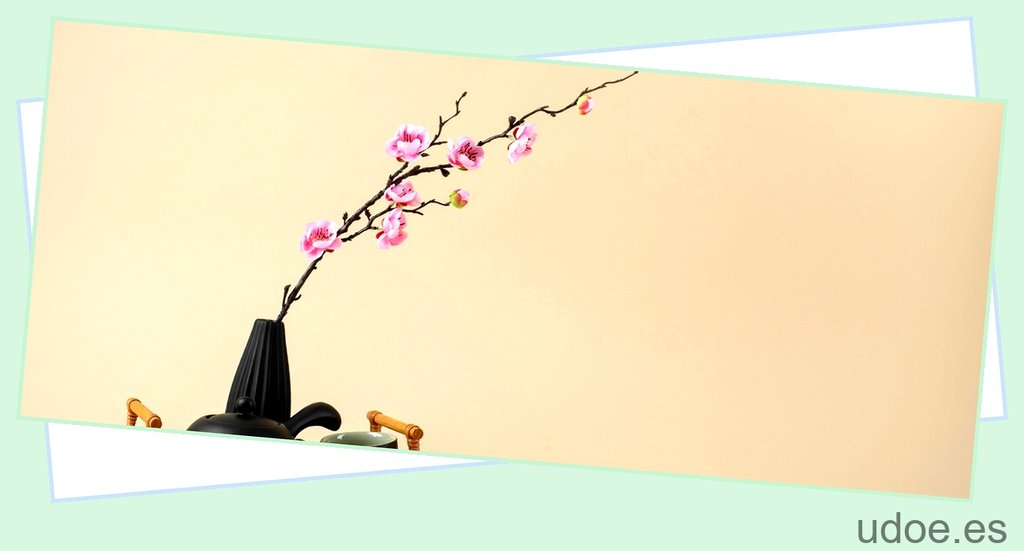
What do you put in ikebana vase?
Además de las flores, en un jarrón de ikebana también se pueden utilizar hojas bonitas, algunas hojas de hierba, una rama o un palito. En los arreglos florales japoneses, no hay límites. Una vez que tienes una colección de elementos, es hora de comenzar a combinarlos.
El arte del ikebana se basa en la simplicidad y la armonía, por lo que es importante seleccionar cuidadosamente los elementos que se utilizarán en el arreglo. La elección de las flores y las plantas dependerá de la estación del año, la ocasión y el estilo del arreglo que se desee crear. Algunas de las flores más comunes utilizadas en el ikebana incluyen crisantemos, lirios, rosas y ramitas de cerezo.
Una vez que se han seleccionado los elementos, se deben colocar en el jarrón de manera cuidadosa y precisa. El ikebana se trata de crear una composición visualmente atractiva y equilibrada, por lo que es importante prestar atención a la altura, el ángulo y la posición de cada elemento. Los arreglos de ikebana suelen ser asimétricos y hacen uso del espacio negativo para crear un sentido de armonía y equilibrio.
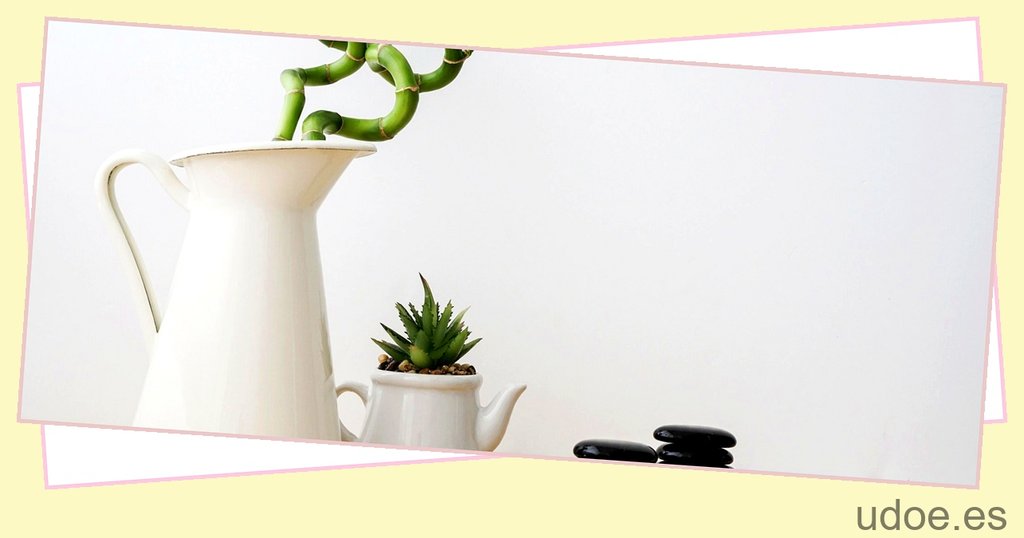
What is the 3 rules of ikebana?
El ikebana, el arte tradicional japonés de los arreglos florales, se rige por tres reglas fundamentales que guían la creación de cada composición. Estas reglas son el linaje, el color y la masa. El linaje se refiere a las líneas o formas que se crean con las flores, ramas y elementos decorativos. Es importante crear una armonía visual a través de la disposición de estos elementos, buscando líneas que se complementen y fluyan de manera natural.
El color es otro aspecto esencial en el ikebana. Se busca crear una paleta de colores equilibrada y armoniosa, teniendo en cuenta tanto los colores de las flores y ramas como los colores de los recipientes y elementos decorativos. Se pueden utilizar contrastes sutiles o colores complementarios para resaltar ciertos aspectos de la composición.
Por último, la masa se refiere a la distribución de los elementos en el arreglo. Se busca crear un equilibrio visual, evitando que la composición se vea demasiado pesada o desequilibrada. La masa se puede lograr a través de la agrupación de elementos similares o mediante la creación de puntos focales que llamen la atención.
Estas tres reglas del ikebana, linaje, color y masa, se combinan para crear arreglos florales que no solo son estéticamente agradables, sino que también transmiten un sentido de armonía y equilibrio. A través de la práctica y la observación, los artistas del ikebana cultivan una apreciación por la belleza de la naturaleza y desarrollan habilidades para crear arreglos que reflejen esta belleza.
Ikebana Tips | Can You Tell What’s Wrong? Nageire Tips for Beginners

